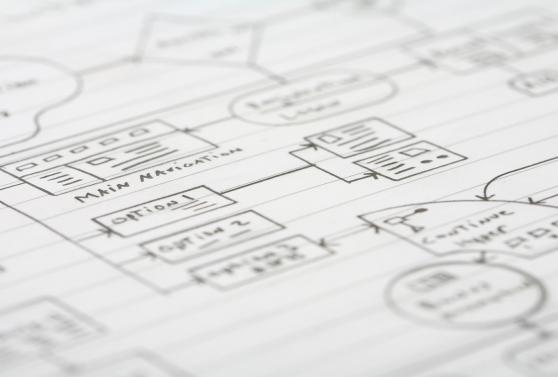The importance of a content delivery plan

Once you’ve developed your IA, the next step is to develop a Content Delivery Plan (CDP), structured around the proposed IA.
The CDP outlines each page or section in a phased delivery process, including existing, revamped or new content that makes up the new IA. It acts as a working document to help manage the process of developing the new website; highlighting content to be reviewed, removed, migrated, re-written or developed, ensuring that there are no duplication of content.
The CDP can be developed in parallel to your UX designer creating the wireframes to allow content editors time to prepare content.
What’s included in the CDP?
The best way to develop a CDP is to use a spreadsheet with columns representing the following information
- Page names to display all pages, publications and assets that make up the IA
- Navigation level and depth
- Page status (new or existing)
- Existing URLs
- Content types and templates e.g. news, events, publications, HTML pages
- Taxonomies (content categories)
- Content owners/editors responsible for reviewing/producing the pages
- Content development status, e.g. under development, submitted for review, etc
- Content migration status, e.g. uploaded to drive, uploaded to website
The CDP helps content editors manage the process of reviewing, writing and uploading content to be included on the new site and it also helps you to keep track of the project.
The best way of managing this whole process is to create a shared document on a shared drive (Google Drive is good for this), and create a content folder for uploading the new content pages. This allows multiple people to work on the same document, ensures that everyone is always kept up to-date on the project status and provides a folder for editors to upload their content.
Reminder
When developing an IA, here’s the 7 stages involved:
- Produce a content audit (if your website exists already)
- Conduct a workshop with key stakeholders of the project
- Conduct user research, if budget and time allows for it
- Consider card sorting
- Draft personas, user journeys and conduct a user needs analysis
- Develop your IA, including taxonomies and wireframing
- Create a Content Delivery Plan
We hope that you enjoyed our blog series on developing an effective IA.
Take a look at our discovery and UX services to see where we can help.



